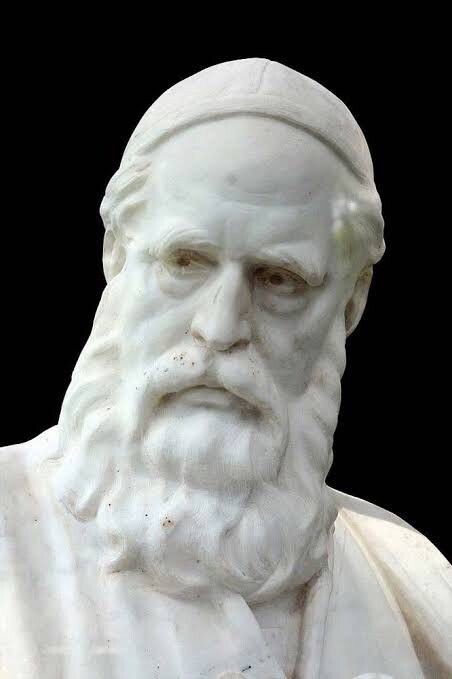
Omar Khayyam was a Persian mathematician, astronomer, and poet who lived in the 11th and 12th centuries. He was born in Nishapur, in present-day Iran, and is best known for his mathematical contributions, particularly his work on algebra and the development of the Persian calendar.
In addition to his mathematical and scientific work, Omar Khayyam also wrote poetry, including his famous “Rubaiyat,” which is a collection of quatrains that explore themes such as the nature of life, the passage of time, and the pursuit of pleasure.
Omar Khayyam was also interested in astrology and wrote several works on the subject, including a treatise on the principles of astrology and a work on the interpretation of dreams. He believed that astrology could be used to gain insight into the workings of the universe and to understand the influence of celestial bodies on human affairs.
Omar Khayyam’s work in astrology was influenced by the Hellenistic tradition, and he was particularly interested in the use of astrological techniques to predict the future. His contributions to the field helped to establish astrology as a respected discipline in the Persian world, and his influence can still be seen in modern Persian astrology.
Omar Khayyam. The Sufistic Quatrains of Omar Khayyam - the Original Classic Edition. Place of publication not identified: Tebbo Imprint, 2012. Print. ➤
Omar Khayyam, Edward FitzGerald, and Edmund Dulac. Rubáiyát of Omar Khayyam, Rendered into English Verse. Trans. Edward FitzGerald. Project Gutenberg, 2011. Print. ➤
Martin, W. H. (William Henry), and Sandra Mason. The Man Behind the Rubaiyat of Omar Khayyam : the Life and Letters of Edward FitzGerald. First edition. London: I.B. Tauris, 2016. Web. ➤
Omar Khayyam., and Edward FitzGerald. The Rubaiyat of Omar Khayyam. S.l: The Floating Press, 2009. Print. ➤
Stolte, Tyson. “The Meaning of Matter: Atoms, Energy, and the Rubáiyát of Omar Khayyám.” Victorian studies 63.3 (2021): 354–376. Web. ➤
Kent, Deborah A., and David J. Muraki. “A Geometric Solution of a Cubic by Omar Khayyam … in Which Colored Diagrams Are Used Instead of Letters for the Greater Ease of Learners.” The American mathematical monthly 123.2 (2016): 149–160. Web. ➤
Tamdgidi, Mohammad H. “CHAPTER VIII–Khayyami Astronomy and the ‘Khayyami Code’: Hermeneutically Understanding Omar Khayyam’s Attitude Toward Astrology and His Own Horoscope.” Human architecture 16.1 (2021): 297–316. Print. ➤
Tamdgidi, Mohammad H. “CHAPTER IV– Hermeneutically Interpreting Omar Khayyam’s Horoscope as a Whole: Discovering the Origins of His Pen Name.” Human architecture 16.1 (2021): 131–176. Print. ➤
Tamdgidi, Mohammad H. “CHAPTER II–Considering Both the Stated and the Silent Features of Omar Khayyam’s True Birth Date Horoscope.” Human architecture 16.1 (2021): 53–88. Print. ➤
Skau, Michael. “Jack Kerouac’s Rubáiyát: The Influence of Omar Khayyám.” Journal of popular culture 48.3 (2015): 487–506. Web. ➤
Tamdgidi, Mohammad H. “Introduction to Book 3: The Hermeneutic Significance of Omar Khayyam’s Newly Discovered True Birth Date Horoscope.” Human architecture 16.1 (2021): 21–29. Print. ➤